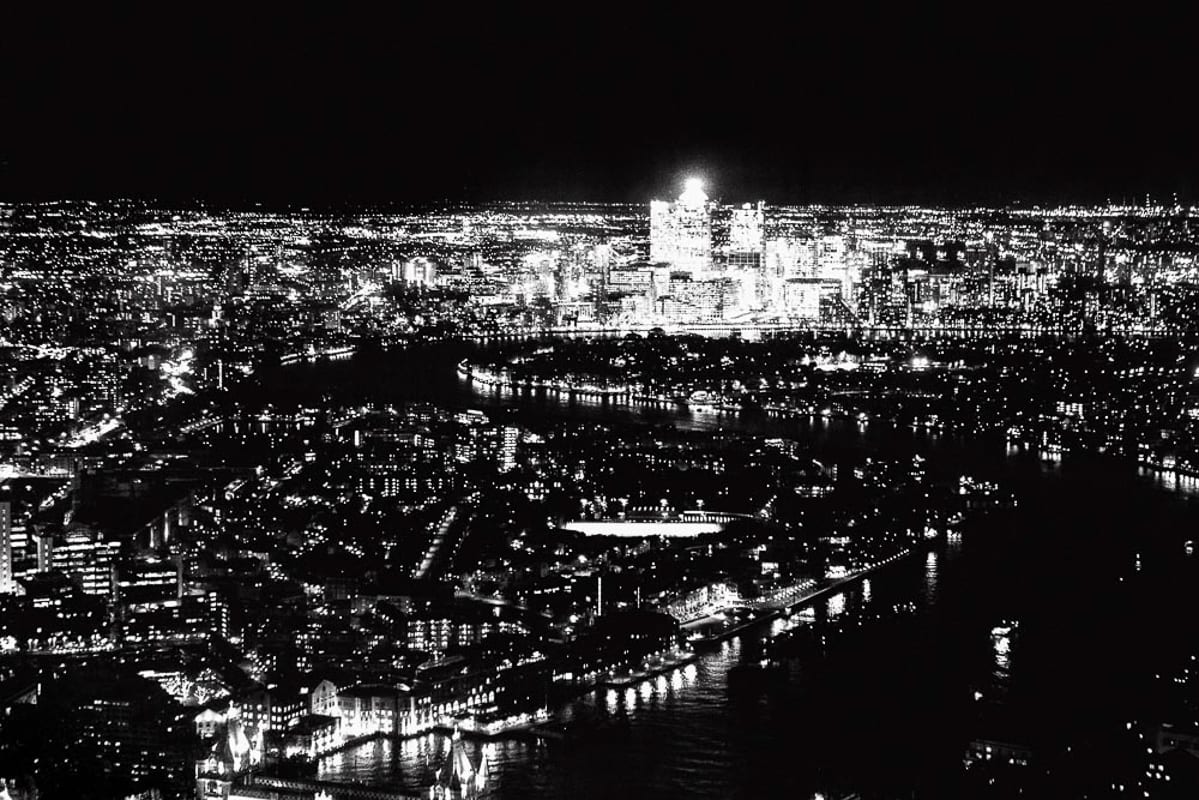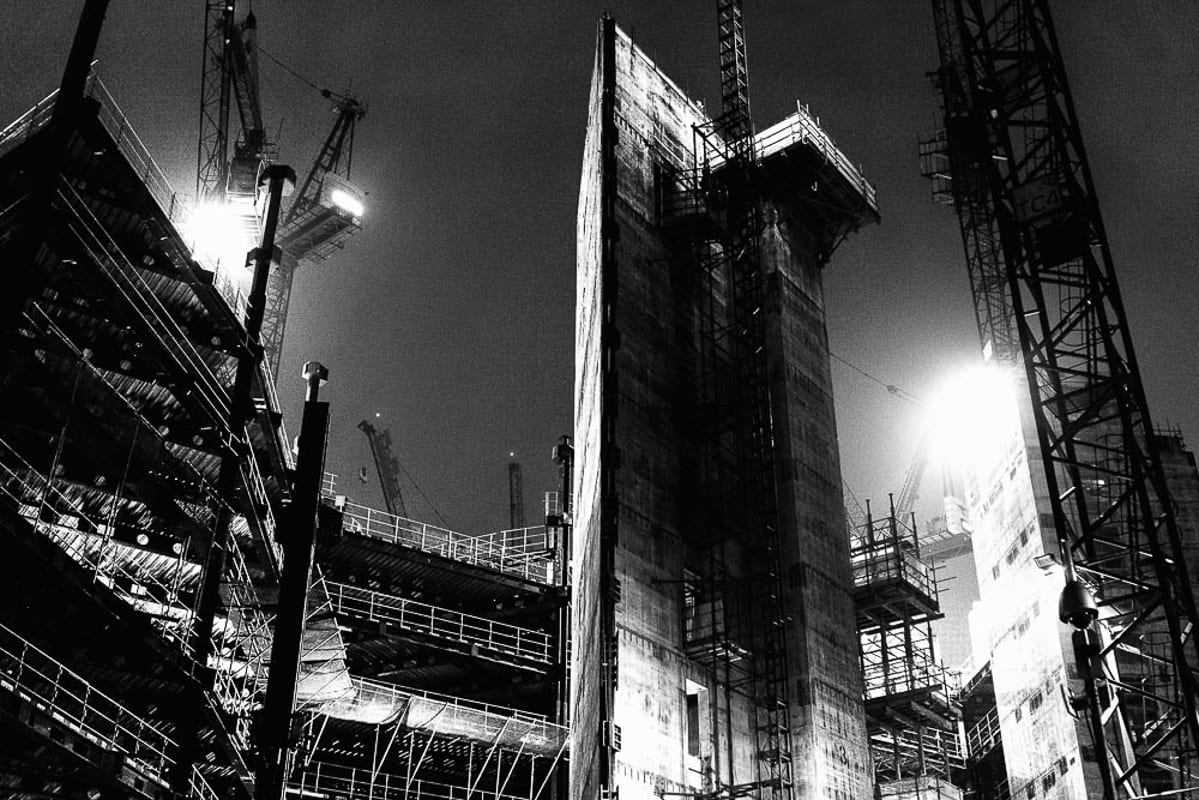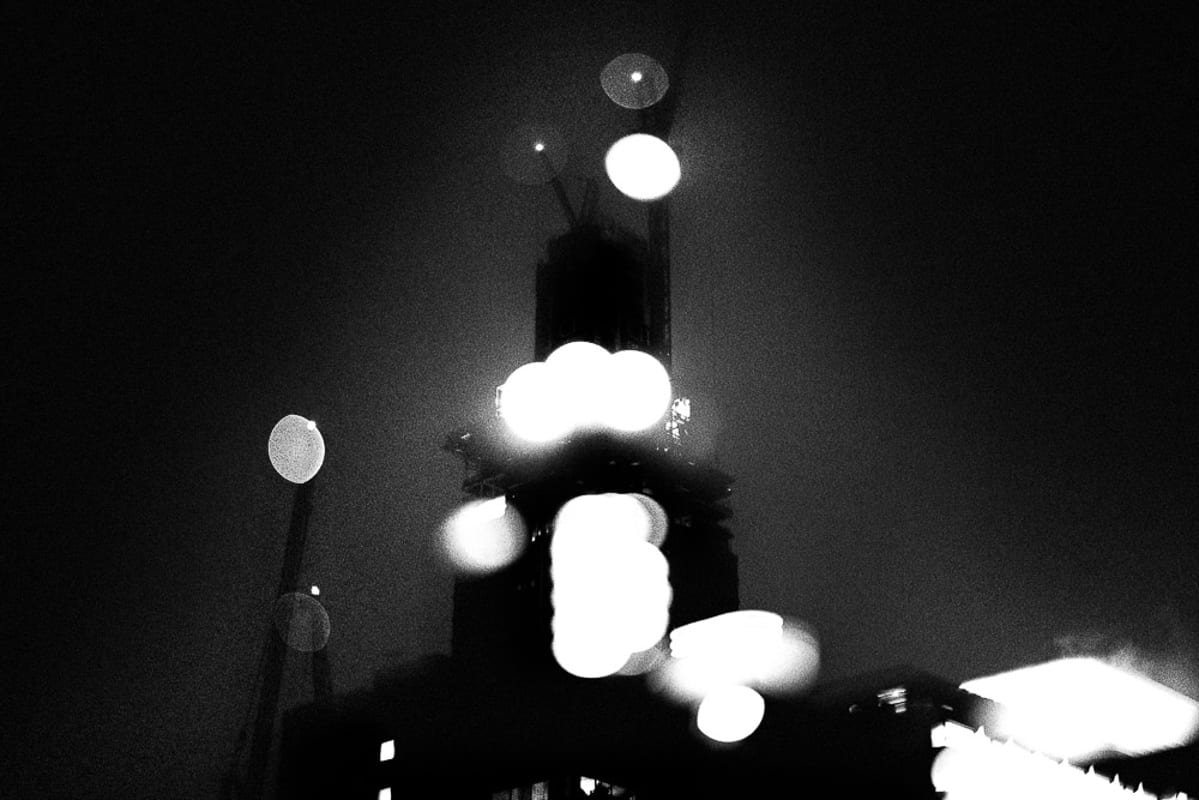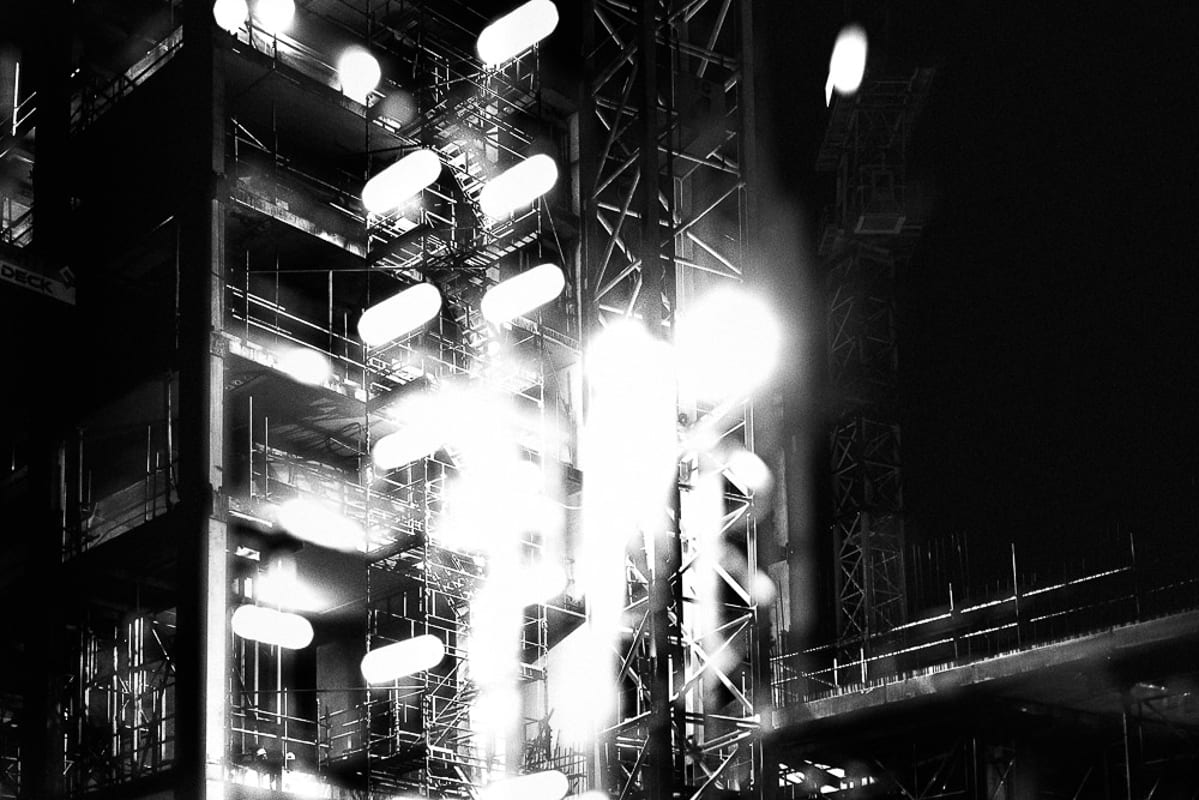Cities are places of constant change. It’s the nature of them, and it’s what makes them attractive. But not all change is equal; change can be organic, but it can be pernicious and abnormal.
London has always been a city in flux. But, for anyone living in London, the transformations of the past few years are impossible to ignore. Huge swathes of the city have been redeveloped, remarkable buildings demolished, long-standing communities displaced.
This current period of activity is unique, for it is is undoing many of the things that make the city unique. As social housing becomes luxury flats, as their inhabitants are forced out to the suburbs, the inner zones of the city become ever more homogenous, expensive and dull.
This issue is what underlies Metropole, a project that aims to visualise the changing skyline of London, to imagine how the city will come to look in the future and, most importantly, seeks to recreate the sensation of feeling lost in a city that was once familiar.
It’s a project partly inspired by the city symphony movies of the 1920s, films that eulogised the benefits of urban living. Metropole, though, is less a symphony and more of a requiem, a funeral march for a city that might appear to be booming on the surface, but, inwardly, is facing an almost terminal decline.
The visuals of Metropole are a product of circumstance. I started the project in the depths of winter, and the only time I had available to photograph was in the evenings, when night had already closed in on the city. These were not exactly ideal conditions, but I decided to try and play on the sense of eternal night that permeates urban science fiction films like Blade Runner.
I also had the 1970s Japanese photography of the Provoke school on my mind. Grainy, blurry, high-contrast imagery that broke many of the conventional rules of photography, and responded to pertinent issues – like the American presence and influence on post-war Japan.
At the same time, I was also looking for a new way to use double exposures, a maligned technique that has always suffered from the tendency to overwhelm the content of images. Even with some of the most accomplished users of double exposures – Boris Mikhailov, for example – the viewer tends to notice the technique first, the content and idea of the image second.
I wanted to make double exposures more subdued, creating something that might be mistaken for unaltered images.
As the book progresses, the images become more aggressive, the buildings folding over and into each other; a kaleidoscopic views of a city where all sense of scale and direction has gone. A city where the inhabitants have become hopelessly lost in something of their own making, and where inhuman architecture reigns supreme.
Metropole is exhibited at the Sir John Cass School of Art, Architecture and Design at the London Metropolitan University, until 8th January.
Learn more about the project here.





